Welcome! If it’s your first time here, you might want to subscribe to my free monthly newsletter. Thanks>
In Kuala Lumpur recently, I had the pleasure of meeting down-to-earth Jess and Dani, an American and German duo out traveling the world nomadically. They’ve been together since 2006 and have been traveling since 2010. Together, they run the popular travel blog, Globetrotter Girls. We had a chance to get to know each other, exchange travel experiences, and go over perspectives on the USA. I jumped on the opportunity to ask them for a travel interview, and here we are:
Q1. You’ve been traveling nomadically since April, 2010- nearly 2 years! What aspects of long-term nomadic travel do you love the most?
Dani and I are both restless souls and born travelers. In the past, we have both lived abroad in various countries anywhere from 6 months to four years but even then we were flying off on city breaks as often as possible. The best thing about being nomads is that we never have the chance to feel restless. We are constantly experiencing new places, new people, new foods and obviously avoiding the feeling that we are missing anything.
Q2. What do you find most difficult about your nomadic lifestyle?
As much as we love our lifestyle and the lives we are leading as nomads, finding the perfect ‘work hard-play hard’ balance has proven to be the ultimate challenge to master. Although we have the time to work, the difficulty lies in our ability to immediately switch on a work mindset at a moment’s notice to maximize the hour or two here and there we have between activities and traveling. With distractions like Facebook, Twitter, sketchy wi-fi connections and being plain old tired from traveling or sightseeing, digging deep for that kind of focused energy is a constant challenge.
Q3. What are your 3 favorite countries, to date, and why do you love them so much?
We both absolutely loved Mexico. We loved it because it wasn’t at all what we expected and yet everything we hoped for. We started in Mexico City and worked our way south across the country. What we discovered were strong traditions, friendly, intelligent and passionate people who want to share their Mexico with you, food better than we could have imagined, and miles and miles of perfect beaches.
On a whim, we spent three weeks in Lisbon, Portugal, this last June. Knowing almost nothing about the city we showed up to discover a manageable city in terms of size, incredible maritime history, a fascinating mix of cultures and again, miles and miles of beaches. This was by far one of the highlights for me. While we haven’t seen much outside of Lisbon (the Algarve, Porto, etc), the art, the language, and the style of Lisbon just entirely won me over. Portugal is now on my list of countries I could live in. In fact, we keep mentioning how much we loved Lisbon, but in actual fact I hope not too many people find out about what we consider the least discovered capital in Western Europe.
Dani was probably most impressed with Guatemala – it is, after all, a photographer’s dream. Between the colorful but crumbling colonial buildings in Antigua, the mix of Westerners and Mayan people bumbling about their daily lives in the villages around Lake Atitlan, volcanoes which are erupting daily in the distance, the delicious coffee from the region and the fact that you can still visit remote, Mayan-only spots make the country so exciting to visit. We both also loved learning about the proud way the Mayans are taking back their culture and the 33 languages under threat of dying out.
Q4. Are there any places you hate/ never want to visit again / do not recommend to other travelers? If so, where and what’s the turn off?
There haven’t been places we actually hate. It’s hard to hate a place. But we didn’t feel entirely safe in Honduras and have recently read that one of the major cities, San Pedro Sula, has even gotten more dangerous in recent months. Unfortunately, the countryside is just so beautiful, and with limited visitors here currently, we don’t like to discourage tourism as it could really help the country get back on its feet.
On the other hand, we found both the sheer amount and the specific types of tourism in Ko Phi Phi and Phuket in Thailand to be entirely not to our liking. Plenty of people were just out to enjoy a nice, budget beach holiday, others were there to get plastered or get a little too friendly with younger Thai girls. Having said that, we really enjoyed the rest of Thailand!
Q5. You’ve spent a lot of time in Latin America. More recently you’ve been traveling through SE Asia. Could you please compare the two regions, as you’ve noticed thus far, in terms of costs, food, accommodation, ease of travel, friendliness, and your own sense of comfort/openness as a gay couple.
With the exception of Malaysia, South East Asia is actually much cheaper than Central America. You can travel on a tight budget in either place, but the quality of what you get in SE Asia is higher. For example, $15 a night will get you a clean, basic double room in Guatemala, Nicaragua, Honduras or El Salvador, but a room with the exact same amenities and feel has typically run us about $10 here in SE Asia. Costa Rica, Belize and plenty of places in Panama cost even more for the same or less quality.
In Thailand it would actually be difficult to spend more than $5 per person per meal on food at regular restaurants (we usually spend around $2.50 per meal if we eat in a proper restaurant), and we eat at night markets where you can fill up on Pad Thai for under $1. In Central America, we easily spent $6-$10 per person at any restaurant, and found that – while very interesting culturally – the markets weren’t exactly places we wanted to pull up a stool and eat, though we often bought our food there to make in hostel kitchens – which are less common here in SE Asia.
Both SE Asia and Central America are a breeze to travel by bus. The quality of buses here in SE Asia is much higher – we traversed Central America almost entirely by chicken bus, which are just old American school buses decades past their prime. It’s a fun and adventurous way to travel, but bus travel in SE Asia is definitely more comfortable. Over on this side of the world there is also legitimate train travel, and thanks to airlines like AirAsia, Firefly and Tiger we can fly great distances at $30 a flight. There is nothing remotely like convenient budget airlines in Central America. The choices and quality of transportation in South East Asia is much better.
In terms of friendliness…this is tough for us to evaluate for a couple of reasons. We both always been very attracted to Latin culture, music, film, and the language and because we speak Spanish fluently, we don’t have many of those frustrating communication moments. Overall we found Latin America to be incredibly friendly. In South East Asia, especially Thailand, we found locals to be friendly, too, but because we – for now – don’t speak the languages, it is difficult to get beyond surface conversations with many locals. Along the same lines, when you speak Spanish, you can use throughout all of Latin America, with minimal differences/accents in each country. In Asia, you would theoretically have to learn a new language in each country to really get along in the same way.
We found that Thailand to be open to the LGBT community, much more than what you see in Central America. However, if we extend the conversation to Mexico, then we would have to say that Mexico has the best legal policies and equal rights for the LGBT community hands down. Marriage is legal and couples throughout the country are open with their sexuality – and this despite being a Catholic nation known for its level of ‘machimso’ as well.
Q6. When you’re traveling, do you seek out gay/lesbian bars, clubs or other venues? ie. Do you try to get involved in the LGBT communities where you travel? Why or why not?
If we are totally honest, we don’t really seek out lesbian bars. The fact is, purely lesbian bars are hard to come by in many places. We have found that there is almost always at least one gay bar, and a little over half the time, it’s also lesbian friendly. We also don’t tend to seek out the lesbian community as such either. When we travel to a destination, we have anywhere from a few days to a few weeks to absorb what life is like in each place. And while we certainly take notice of the LGBT community, we are interested in daily life as a whole in each place. We are usually out exploring all day and hitting up restaurants and bars we read about at night that come recommended. This might be our only chance at getting around the world the way we do, and we would rather hunt down the best kept secrets and have the most fun possible than go to a bar exclusively because it is a lesbian or a gay bar. Having said that, we don’t avoid them either, and when we do come across them, we pop in for a drink and take in what life is like for lesbians in the city (its almost always a city) where we are.
Q7. Do you ever seek out specifically advertised gay/lesbian friendly hotels, resorts to stay at? Why or why not?
We run a hotel review series on our website – Hotel Tip of the Week. These are hotels that we have personally stayed in and can confidently and enthusiastically recommend to readers. At the end of each review, we rate the hotel in terms of LGBT friendliness as well as Digital Nomad friendliness. We do seek out gay and lesbian friendly hotels when available, of course, but throughout much of our travels we have not found much exclusively lesbian accommodation. Yet!
Q8. Now that you’re in Asia, do you see/feel a big difference in attitudes or behavior towards and among gays and lesbians compared to Latin America? If so, what differences?
Definitely. In Thailand we felt the culture was more open to queer society in general, whereas in countries like Laos and Malaysia, there is a distinct lack of openness to any sexuality except for married heterosexual couples. One aspect that has been very interesting to observe in South East Asia so far is the cultural ‘acceptance’ of lady boys here, even in fairly small towns. We haven’t investigated any hardships they may endure, but just the fact that they feel comfortable to be so open with their sexuality says a lot for where Asian societies are culturally. The legal / political systems in places like Malaysia has not caught up to where much of society is on the issues, with the LGBT community still in danger of being imprisoned if ‘caught’.
In Latin American society, homosexuality is seen as sinful and weak, and there is almost no cultural acceptance at all whatsoever. People are out, it is not necessarily illegal, but the Catholic religion keeps people as much in the closet as the political or legal systems elsewhere in the world.
Q9. I’ve been living/traveling in Asia since 1991. For me, it’s really easy to spot local lesbians and lesbian couples. And they’re all over the place. Have you noticed? Does that differ much in Latin America?
Absolutely we have noticed. There are both butch and femme lesbians here, so open and out. In Central America there is a very big closet with thousands of lesbians inside. Capital cities in Central America can be a bit rough, so intellectuals, feminists, artists, and the gay community tend to congregate in slightly smaller, more manageable colonial cities, also popular with foreigners. In these places, there are often gay and gay friendly bars and cafes.
Q10. Throughout Asia, it’s common for (straight) male friends to hold hands, hang on each other, and show affection. Same for female friends. Public hand holding and touching are traditionally done between friends, more so than between lovers. Therefore, it’s really easy for lesbian couples to hold hands and so on, without attracting any attention or curiosity. Have you taken advantage of that yet?
We haven’t really taken advantage of this at all, no. We wrote a post a while back about living a half in half out of the closet lifestyle on the road. It’s about being careful in places where there are no legal/social safety nets for the LGBT community and although it is common for friends to be affectionate, homosexuality is illegal. Makes us pretty uncomfortable, and we’ve learned to tone down affection in public.
Q11. Any idea how much longer you’d like to travel continuously?
We are slowing down a bit now, but are at least two years away from wanting to stop. The more we travel, the more we want to see. Regions, countries, cities we had never even considered traveling to have now become passions. The rest of Latin America, Morocco, Lebanon, Jordan, South Korea, the Philippines, Japan, the Trans-Siberian railway…we can’t settle down just yet!
Q12. Do you have any ideas where you’d eventually like to settle down? If so, where and why?
The problem is that the more we see the more difficult narrowing down a place to live will be. In all likelihood, we would settle in Europe but spend the winters in Mexico. In Europe, you have the cultural diversity, are within easy reach of so many travel destinations and have the right to be married and have our relationship be legally recognized and in Mexico we have warm weather, beaches and that amazing Latin American feel we miss so much when we’re away. But with so much left of the world to see, who knows what places might inspire us to stay forever!
——————————————————–
Thanks so much, Dani and Jess, for sharing your perceptions and travel experiences with us and giving more people an insight into the ups and downs of traveling as a lesbian couple. Enjoy the rest of your world travels!
Follow Dani and Jess:








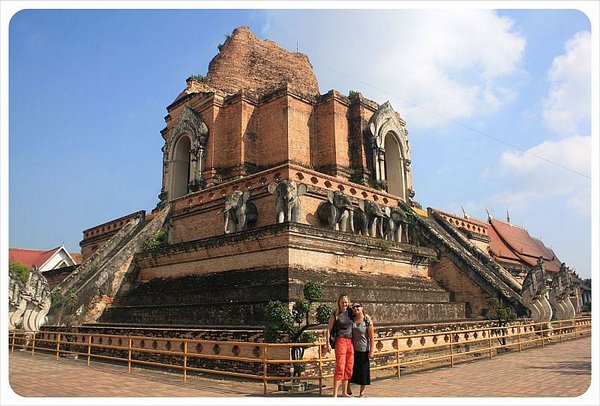
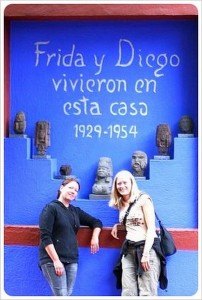
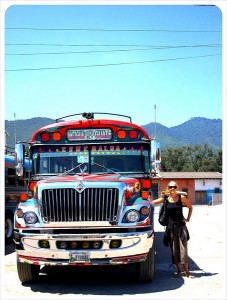
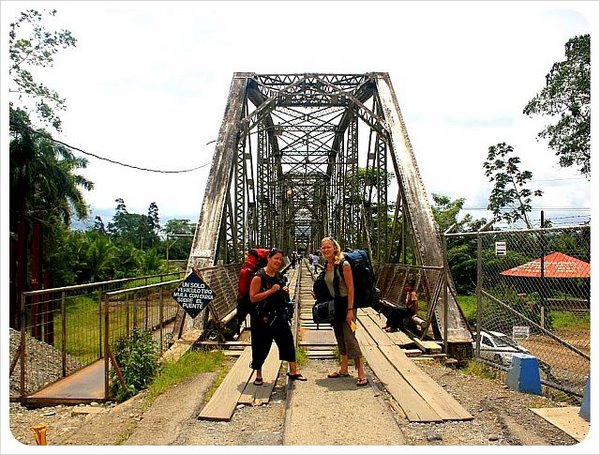
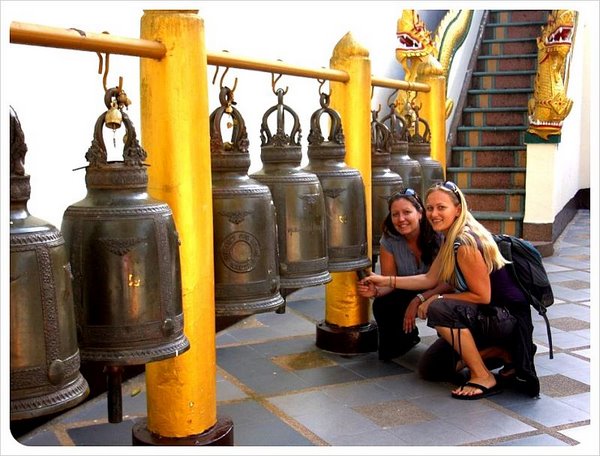
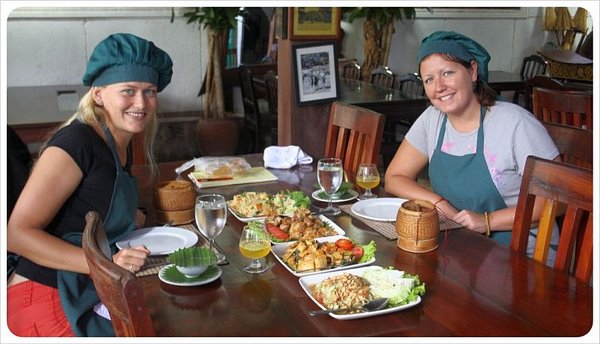
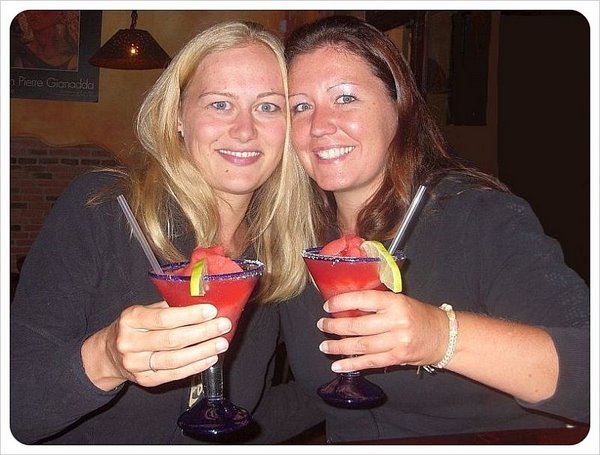
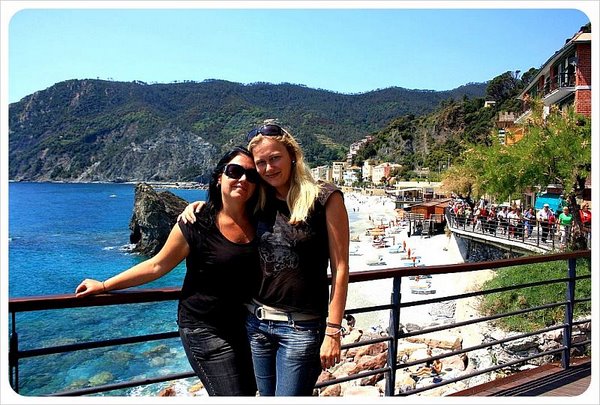
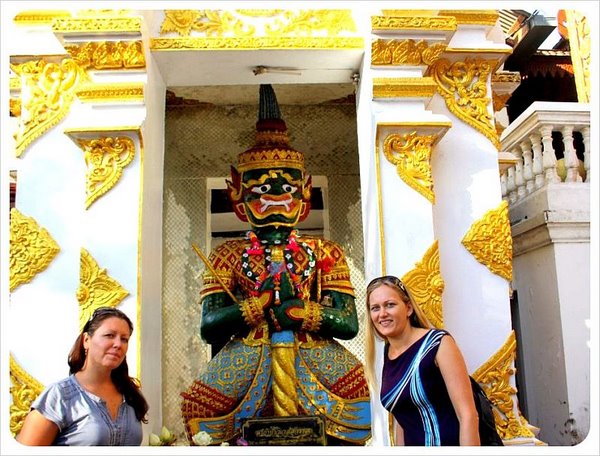
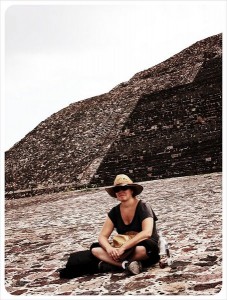





 Hi! I'm Lash, an American nomadic world traveler who's been traveling solo since 1998. I’m passionate about traveling the world nomadically and then sharing it all with you. I hope to inspire you to travel the world, to entertain you with tales from the road, and to help you reach your travel dreams. Welcome!
Hi! I'm Lash, an American nomadic world traveler who's been traveling solo since 1998. I’m passionate about traveling the world nomadically and then sharing it all with you. I hope to inspire you to travel the world, to entertain you with tales from the road, and to help you reach your travel dreams. Welcome! 



